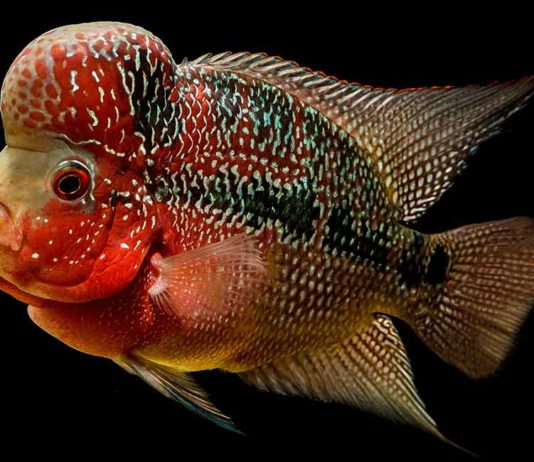Flowerhorn fish are brightly colored cichlids with a distinctive bulge called a nuchal hump on top of their heads.
They were created in captivity by crossbreeding other cichlids and make entertaining underwater pets.
But it takes care and preparation to help a Flowerhorn fish achieve the 12-year lifespan it is capable...
Home Fish









